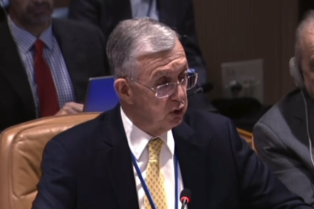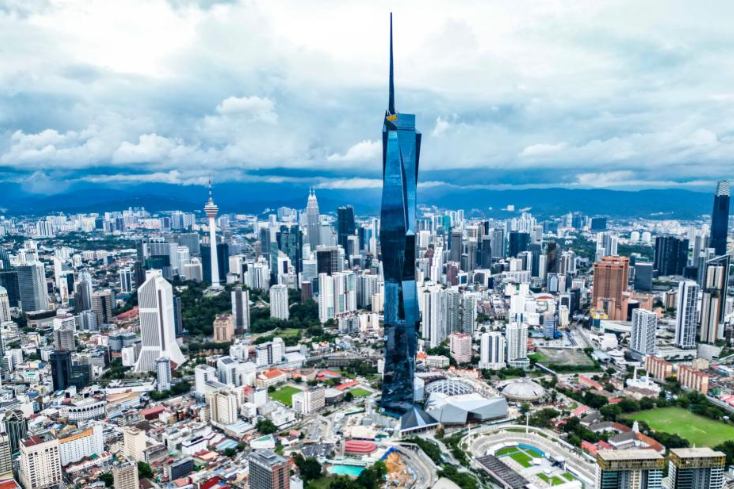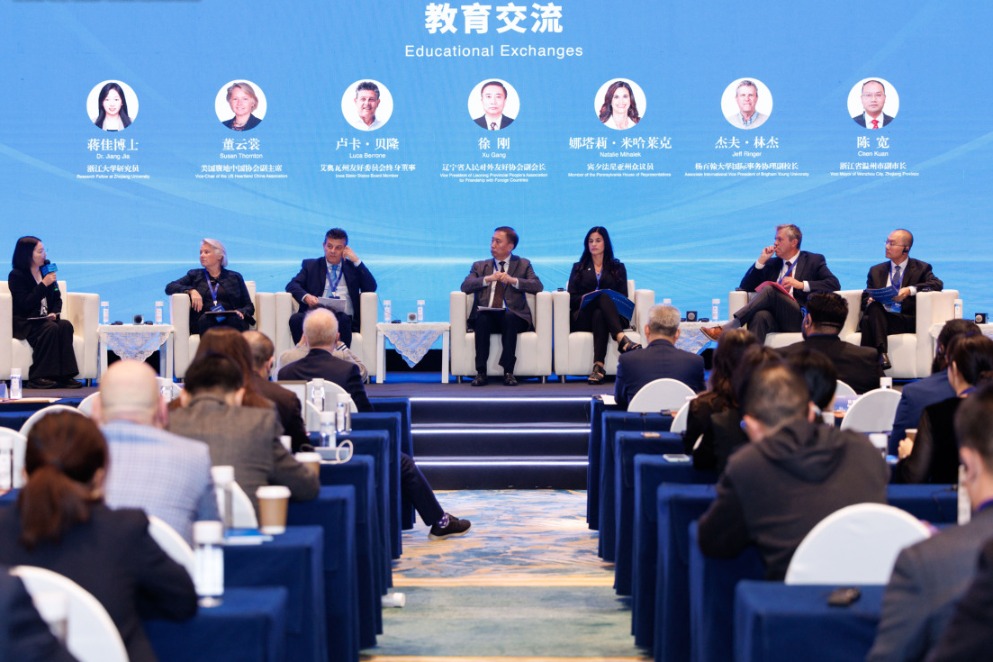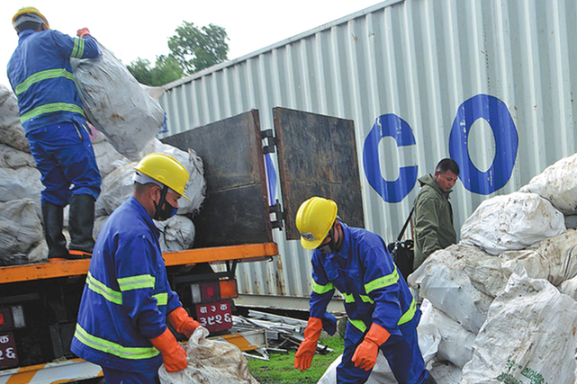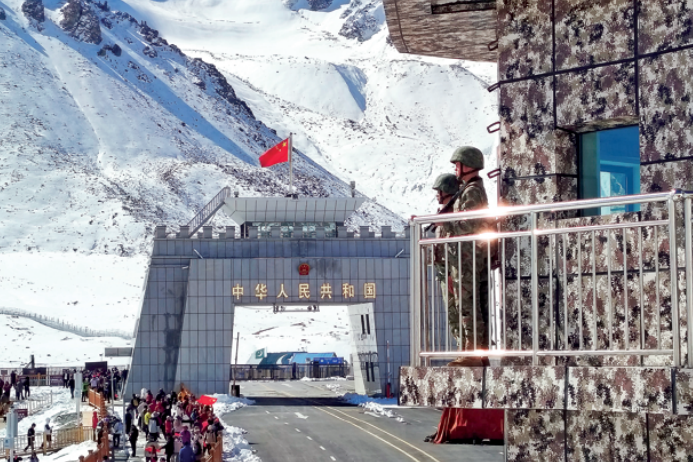Intra-regional trade emerges as key driver amid US tariffs
As APEC meeting nears, analysts urge greater cooperation, more market diversification among Asian economies

The member economies of the Asia-Pacific Economic Cooperation, or APEC, need to focus more on regional partnerships, trade integration and commitment to rules-based trade as they contend with a global economic slowdown and the impact of the United States' tariff policies, analysts said.
APEC leaders will gather at the annual meeting to be hosted by South Korea from Oct 31 to Nov 1. But the meeting is likely to be clouded by concerns on how the higher US tariffs are dampening growth outlook and undermining global trade.
Economic growth in the APEC region is expected to slow to 3 percent in 2025 owing to policy uncertainty, geopolitical tensions, and elevated debt levels as a legacy from the pandemic, according to a report released in August by the APEC Policy Support Unit.
Alicia Garcia-Herrero, chief economist for Asia-Pacific at the French investment bank Natixis, said the new US tariffs, which took effect on Aug 7, "are throwing Asia-Pacific supply chains into chaos, jacking up costs and slowing demand for (regional export) products like clothes, gadgets and cars".
The US has imposed punitive duties ranging from 10 percent to as high as 50 percent against dozens of its trading partners. These duties are significantly higher than the Most Favored Nation rates of the World Trade Organization practices.
But Garcia-Herrero said the regional economies are "fighting back" against the projected slowdown and pushing back on rising protectionism. She noted that APEC members are diversifying their export markets to reduce reliance on the US, producing more for their respective domestic markets and ramping up intra-Asian ties.
Nawazish Mirza, a professor of finance at Excelia Business School in France, said the US tariffs have in fact strengthened APEC economies' resolve to defend multilateralism as the foundation of regional stability. He said multilateralism is even more important to emerging economies as rules-based trade and open markets are key to sustaining growth and attracting investment.
Mirza noted that while the US has moved toward a more protectionist stance, many of its trading partners are aligning with the rules set by the WTO and reinforcing regional integration through global free trade agreements like the Regional Comprehensive Economic Partnership, or RCEP, and the Comprehensive and Progressive Agreement for Trans-Pacific Partnership, or CPTPP. Several of APEC's member economies are signatories of RCEP and CPTPP.
Multilateralism critical
"The prevailing sentiment across APEC is that protectionism offers short-term relief but erodes trust and predictability, whereas multilateralism remains critical for long-term prosperity and collective resilience," Mirza told China Daily.
Bart Edes, distinguished fellow at the Asia Pacific Foundation of Canada, said APEC economies are intensifying efforts to spread risk by diversifying trade away from overdependence on the US.
He pointed out that Canada — a close neighbor and one of the biggest trading partners of the US — is overcoming the challenges brought by the US tariffs by strengthening trade relations with members of the Association of Southeast Asian Nations, or ASEAN, through a proposed Canada-ASEAN free trade agreement; signing a Comprehensive Economic Partnership Agreement with Indonesia; and importing more cars from Mexico instead of the US.
Other APEC members are doing the same. Edes said ASEAN is deepening regional integration by upgrading ASEAN Trade in Goods Agreement and the ASEAN-China Free Trade Area and forging closer ties with the European Union and Gulf states. Australia and Japan are strengthening partnerships with India and Europe, while China is boosting exports to ASEAN, Europe, and countries involved in the Belt and Road Initiative.
"Emerging markets are leveraging high-standard trade blocs and supply-chain shifts to maintain resilience amid global trade tensions," Edes said.
Yap Kwong Weng, CEO of Vietnam SuperPort, a multimodal logistics hub under Singaporean logistics provider YCH Group, has seen how the US tariffs have changed the global supply chain business.
"We see this shift every day … shipments (that) in the past used to come directly from Shenzhen to Los Angeles might now pass (through) different countries such as Vietnam" or even specific places within the region, he said, mentioning the Vietnamese port city and province-level municipality of Hai Phong as an example.
"The silver lining among all of this is, and I believe, that Southeast Asia has now become the center of gravity for global supply chains. It is a key player, not just a production base, but as a logistics and transshipment hub connecting the region," Yap said.
He said if the tariffs remain high, the next phase of global trade might become "even more regional", with intra-regional trade in Asia emerging as a growth driver as companies seek to rebalance their footprint.
Yap visited Laos in late October to scout for a new business opportunity in response to the shift in the global supply chain. He said that the presence of direct rail from Laos to China gives Laos an advantage in the changing trade landscape.
"Laos is a small market but it can convert new opportunities into reality because … what is happening lately, as I suppose, the supply chain is moving to this part of the world," he said.
Yang Han in Hong Kong contributed to this story.
















